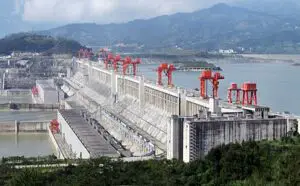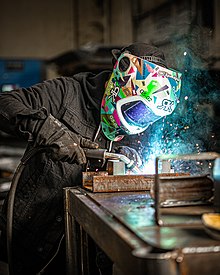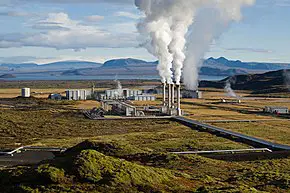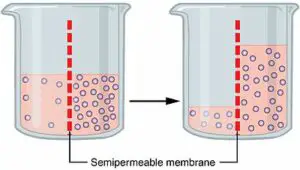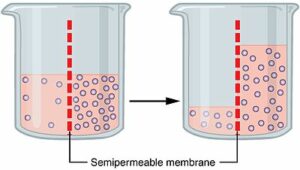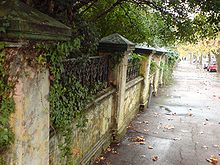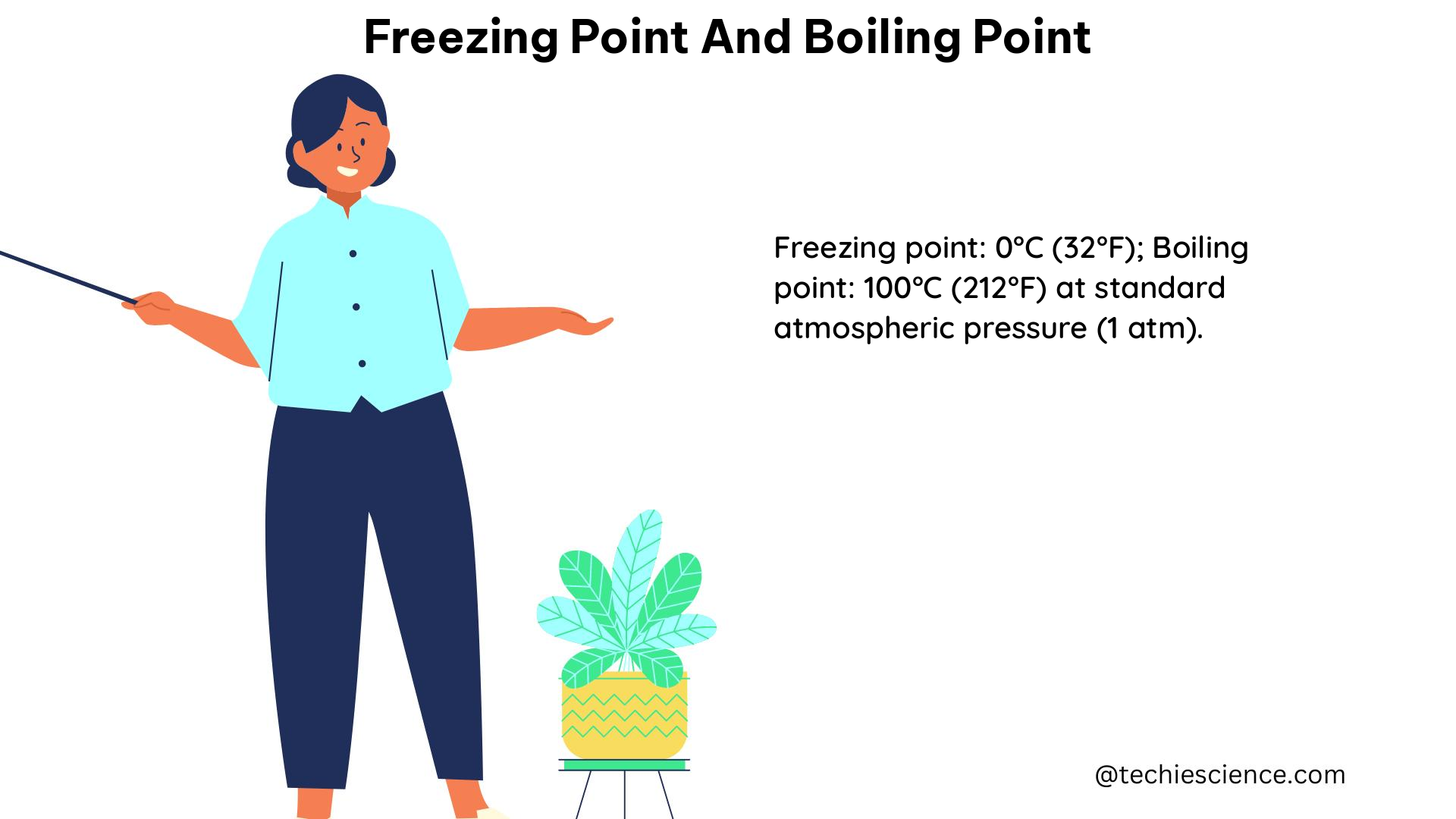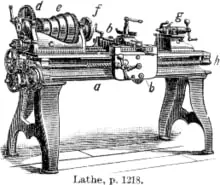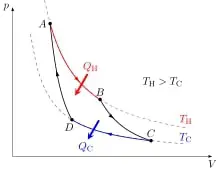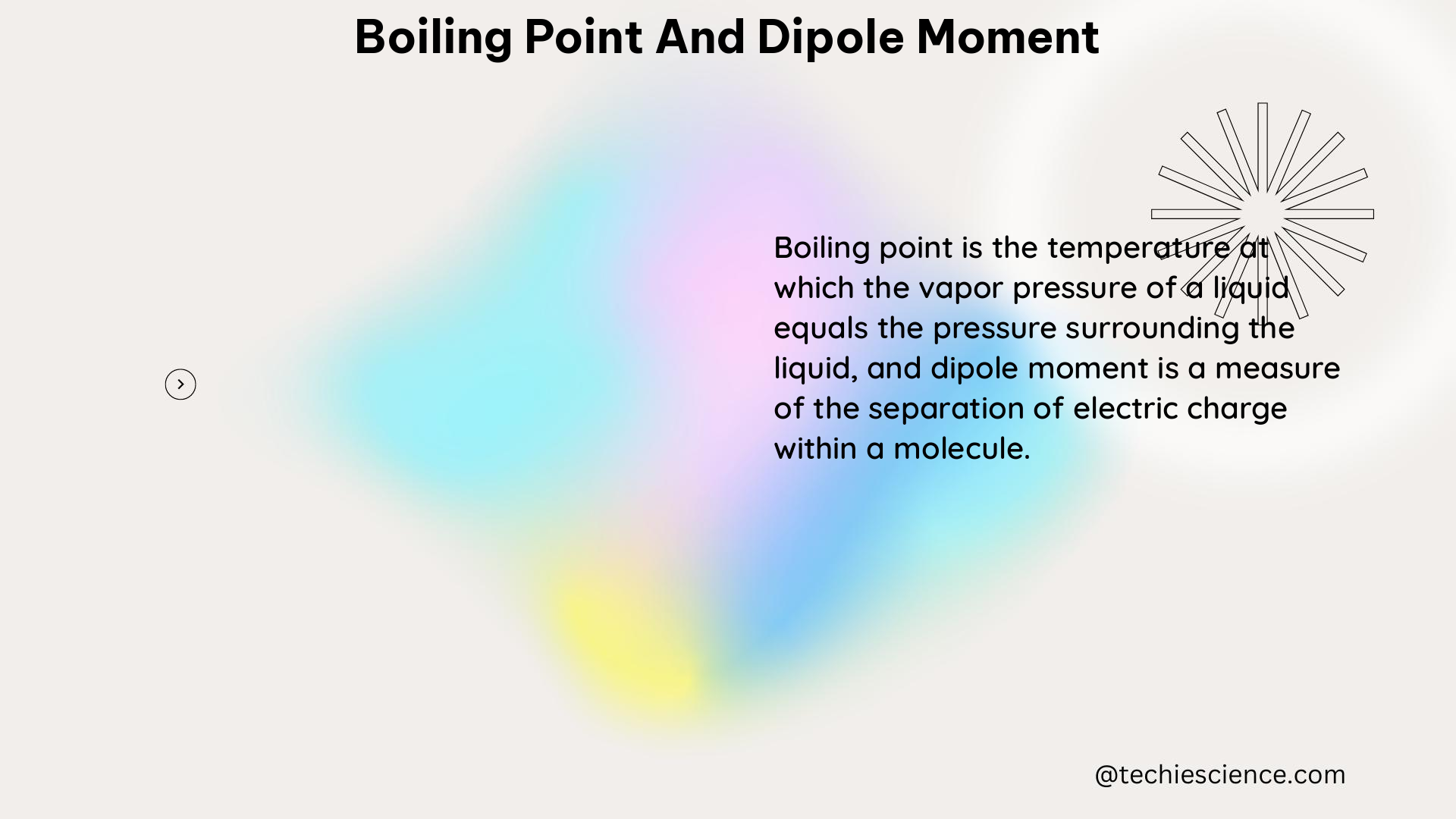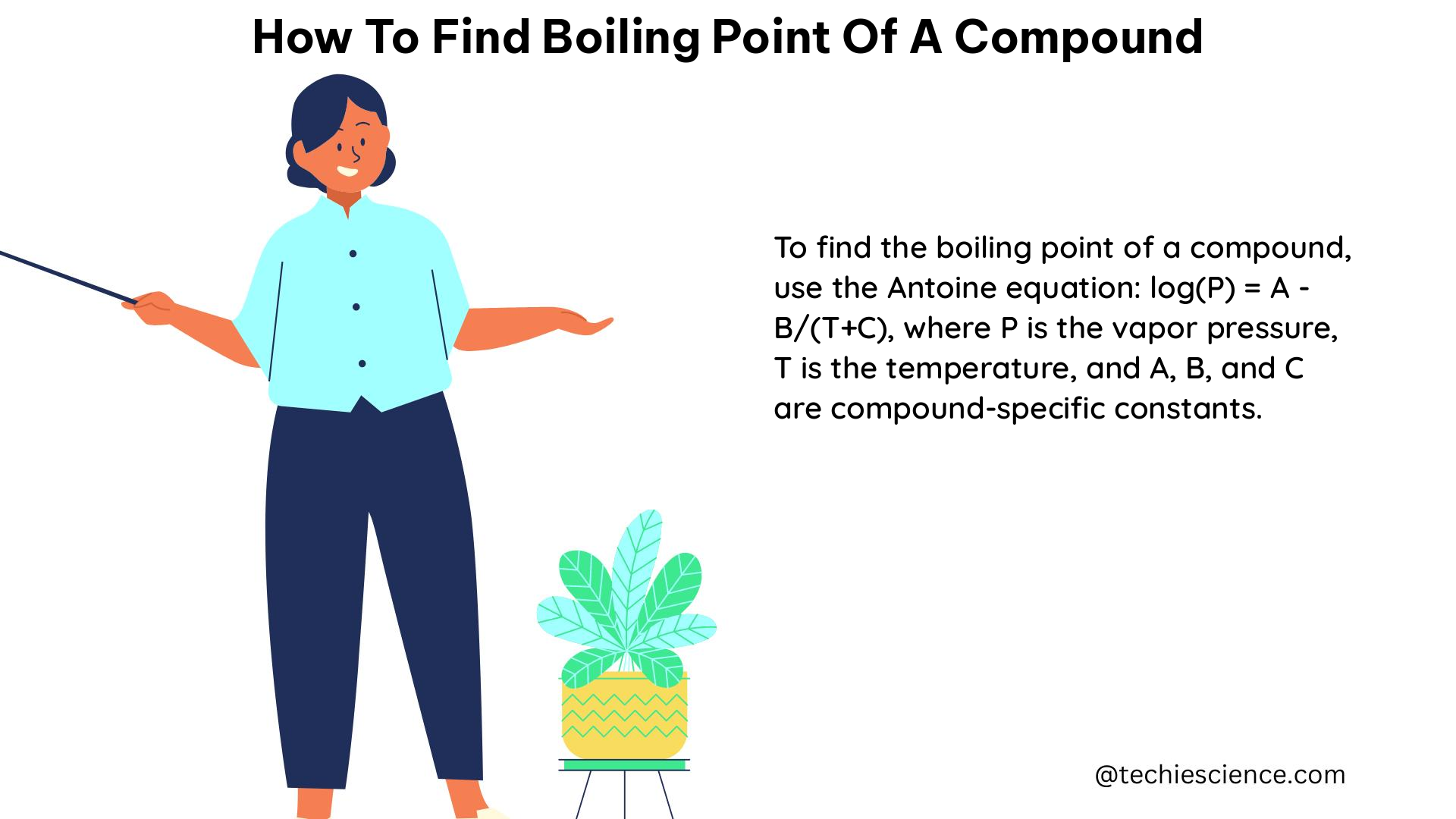This article discusses about hydroelectric energy examples. If we split the word hydroelectric into parts e get hydro and electric which means electricity produced with the help of water.
Humans have made huge advancements in tapping the energy from renewable sources like sunlight, water, geothermal energy and even wind. Burning fossil fuels was becoming a problem as they are limited resources and we cannot keep depending on it without having an alternate resource. In this article we shall discuss about hydroelectricity or hydroelectric energy.
- Dams
- Pumped storage
- Run of the river
- Tide
- Underground facilities
- Tidal stream generators
- Archimedes Screws
- Floating structures
- Tidal kites
- Offshore hydropower
What is hydroelectric energy?
The name itself suggests that it is the electric energy generated or produced with the help of movement of water.
To produce electricity, electrons flow is necessary. Electron flow between two points takes place when there is a potential difference between those two points. A generator is a device that can produce alternating currents. The alternating current can be converted to DC if needed. We shall discuss in the below section about how electricity can be produced from water movements.
How is electricity generated?
We can generate power/electricity by a device called as generator. It can produce alternating currents. Although generator needs mechanical assistance to do so.
Turbines give the generators the mechanical assistance needed. The turbine shaft rotates which is connected to the generator. This rotary movement is the prime requirement for a generator to be able to produce electricity. Let us discuss about how electricity can be generated from water bodies.
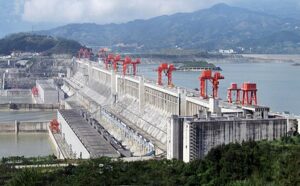
Image credits: Source file: Le Grand Portage Derivative work: Rehman, ThreeGorgesDam-China2009, CC BY 2.0
How is electricity generated from water bodies?
We know the fact that we cannot produce energy rather we can only convert it from one form to another. The question is how to convert the energy from one to another? In this section we shall read about how tidal energy is converted to electric energy.
The water bodies have immense amount of energy (both potential and kinetic). The dams accumulate a large amount of water in a reservoir and lets the water rush out to other sides through gates situated at a height. This way the potential energy of water is converted to kinetic energy, this kinetic energy of water is used to rotate the turbine blades and indeed the turbine shaft. This way the electricity is generated using tidal energy. There are other ways to tap tidal energy but dams are the most common and highest energy converting structures man has made.
Hydroelectric energy examples
Dams are used to generate a large amount of electricity. There are other ways through which we can generate electricity.
The different examples of hydroelectric energy are given in the section below-
Dams
The most common method of tapping water energy and converting it to electricity. We have already discussed in the above section about how electricity is generated.
Pumped storage
Two reservoirs are used in this method. These reservoirs are located at different heights.
Run of the river
This method does not employ any reservoir, it uses the readily available energy from the river which is flowing downstream.
Tide
The high tides and low tides also contain a large amount of water energy. This energy can also be tapped to produce electricity. The movement of water from one place to another during tides is used to run turbines.
Underground facilities
Underground facilities use water bodies such as water falls to produces electricity.
Tidal stream generators
They look like conventional wind turbines with the only difference being that the stream generators are used in water bodies. The two main designs are also similar to a wind turbine that are horizontal and vertical axis turbines. The blades can adjust their pitch with the movement of tides so as to produce as much power as possible.
Archimedes screws
The name itself suggests that these are screw like structures having helical sections through which the water is drawn upside rotating the turbines.
Floating structures
Floating structures move up and down as the water keeps moving, this up and down motion can be converted into rotary motion of turbine blades.
Tidal kites
Tidal kites belong to a very uncommon method of producing electricity. The kites are tethered to the water body, they carry a turbine just below the wing. When the kite makes a figure of eight inside the water body the volume of water passing through the turbine becomes maximum.
Offshore hydropower
It is a growing technology which uses tidal or power of waves to generate electricity.
Hydroelectric energy uses
The uses of hydroelectric energy are many. The uses of hydroelectric energy are discusses in the section below-
- As it is a renewable source of energy, we can produce as much amount of energy as possible.
- The source of energy is infinite hence no fear of it being exhausted by excessive use.
- The energy production is a lot cleaner than conventional powerplants which burn coal for producing electricity.
- It can be used a trustworthy source of electricity during electricity break outs or disruptions
- Can be used to control floods
- Can be used for irrigation purposes
- Can be used for clean drinking water systems
- Hydroelectric energy is affordable
- It makes artificial lakes
- The emissions are next to zero
What are disadvantages of setting up a dam?
There are many advantages of dams but with all the advantages in hand there are several disadvantages too.
Let us discuss about those disadvantages in the section given below-
- Local people are moved from one place to another because their land will be used to make reservoir and dam.
- The local vegetation gets submerged in water
- If not regulated properly, it may lead to man made floods for Example the great flood of Surat in 2006.
- It affects the groundwater table
- It displaces a huge amount of water affecting the marine life
- Reservoirs emit a huge amount of green house gases.
- It often blocks water to other countries as the rivers flow in several countries at once. But building a dam at one place will block the water coming to another country.
Also Read:
- Why is energy crucial in environmental physics
- Mechanical energy to kinetic energy
- How to utilize radiant energy in phototherapy
- How to improve radiant energy capture in solar cookers for remote areas
- Electrical energy to chemical energy
- Electrical energy definition
- Radiant energy to chemical energy
- Nuclear energy to thermal energy
- How to find energy required to vaporize
- Types of solar energy
